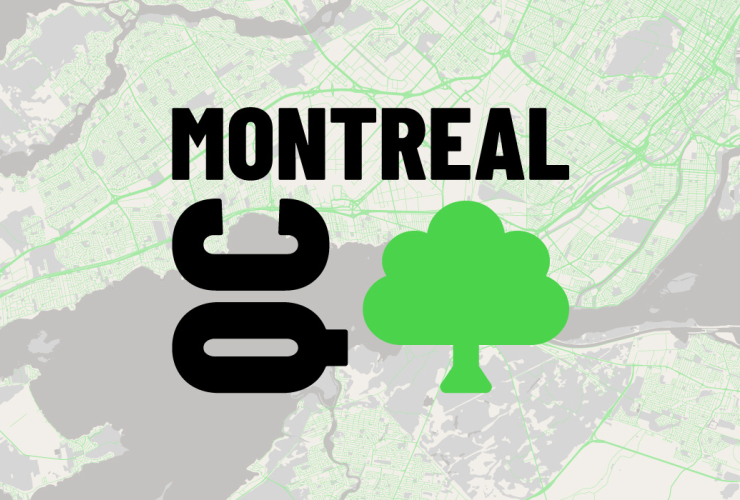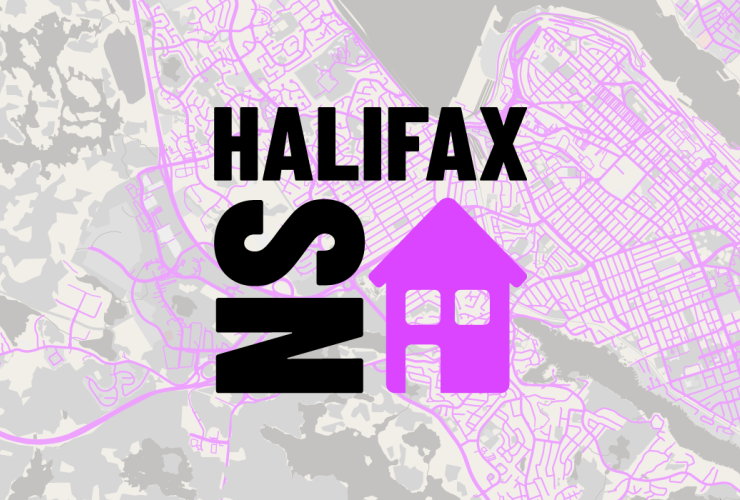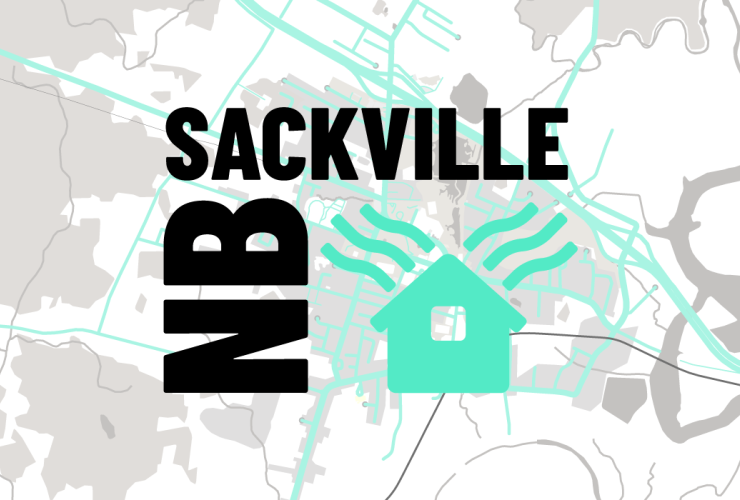MANITOBA
ANOTHER CONSERVATIVE PROVINCE
Canadian province will lift many restrictions a month before expected after hitting vaccination milestone

(CNN)With now at least 80% of eligible residents in Canada's Manitoba province having received at least one Covid-19 vaccine dose, local health leaders said Tuesday they will implement the least restrictive health orders since the pandemic's start -- a month earlier than they expected.
"Thanks to the remarkable efforts of Manitobans, we are now in a position to reopen more, sooner, as we have achieved our highest vaccination rates yet," Manitoba Premier Brian Pallister said in a statement.
About 75% of residents are expected to have received their second vaccine dose in the next week, according to a news release from the provincial government.
The announcement -- and what it will mean for Manitobans -- is in stark contrast with what's happening in the neighboring US, where lagging vaccination rates in many communities have fueled a dangerous surge that is showing no sign of slowing down. As a response, some local leaders have brought back restrictions and mask mandates in hopes of curbing the spread of the highly contagious Delta variant.
The new Manitoba orders, which will go into effect August 7, will allow gyms, libraries, personal services like nail salons, day camps and retail businesses to operate without any restrictions, the release said. Indoor and outdoor gatherings at homes will also have no restrictions.
Masks will no longer be required in indoor public places, but officials said in the news release they "strongly recommend" that anyone who is not fully immunized, including children under 12, should continue to wear masks indoors and social distance in those settings.
"We are slowly but surely approaching a post-pandemic Manitoba, but this does not mean COVID-19 will disappear. We need to remain cautious and vigilant in our efforts to stop the spread of this virus," Dr. Brent Roussin, Manitoba's chief provincial public health officer, said in a statement.
At a news conference, Roussin said that some sectors -- including the most high-risk transmission environments -- would continue to see some restrictions.
Restaurants and bars will no longer have to restrict the size and space between tables and dining won't be restricted to members of the same household or vaccinated individuals. But people will need to avoid congregating between tables, the news release said.
Indoor and outdoor sports will reopen with spectator capacity limits, while casinos, professional sporting events and concert halls will be able to expand to 100% capacity but continue to be limited to vaccinated people.
Museums, galleries and movie theaters will remain limited to 50% capacity but will no longer be restricted to vaccinated individuals.
Roussin said that public health recommendations and guidance rather than restrictions will continue to play an increasing role in battling the pandemic.
"We have to learn how to live with Covid," Roussin said. "We need to take those public health recommendations to heart and ensure we're all reducing the risk to ourselves and to the people around us and to other Manitobans."
The new public health orders will expire on September 7 and will be reassessed at the time depending on vaccination rates and the Covid-19 situation in the province, officials said.
"We are very close to hitting that final milestone in our reopening path and reopening fully and completely," Pallister said. "We need everyone on 'Team Manitoba' for this final stretch. Get vaccinated -- not once, but twice -- and follow the public health orders and guidance designed to bend our COVID curve down, and keep it down."

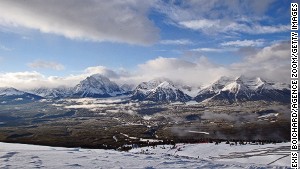











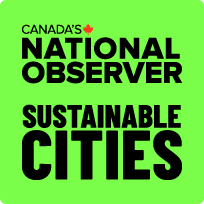


 Saskatoon receives an average of 2,389 hours of sunlight per year.
Saskatoon receives an average of 2,389 hours of sunlight per year.

